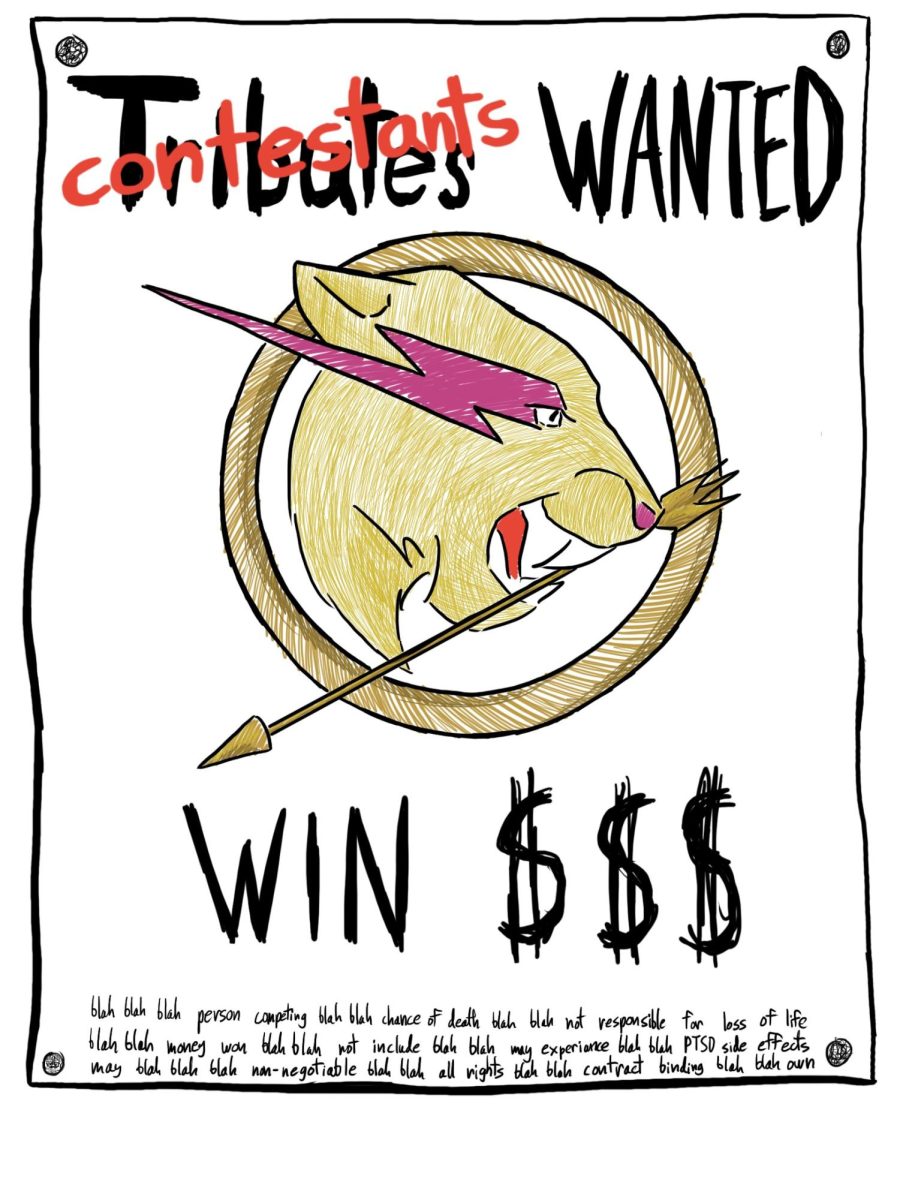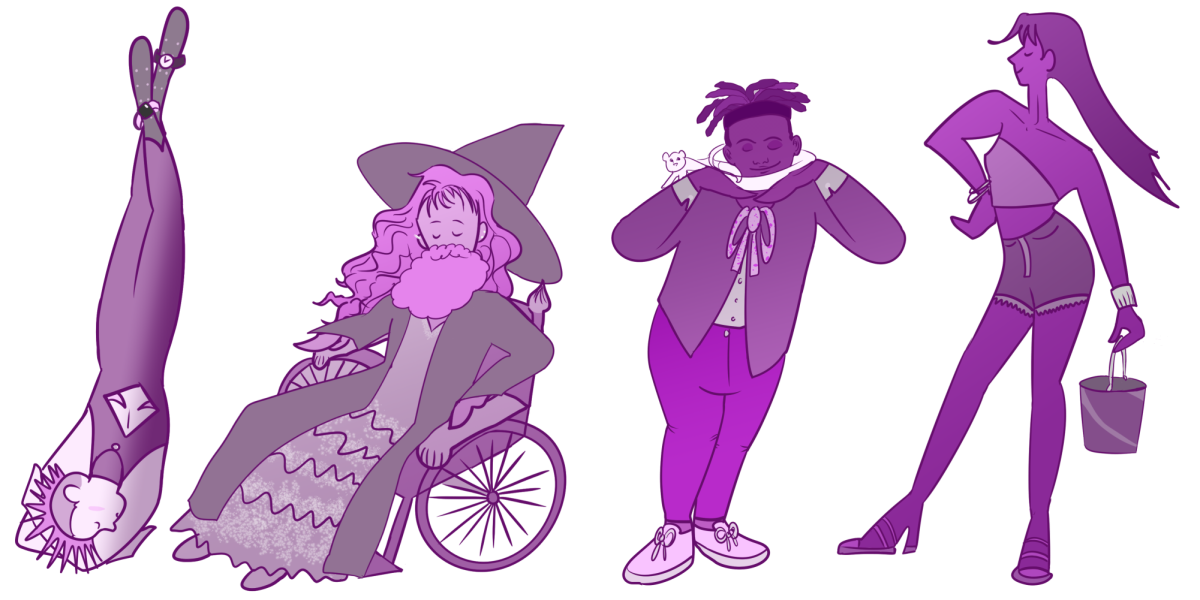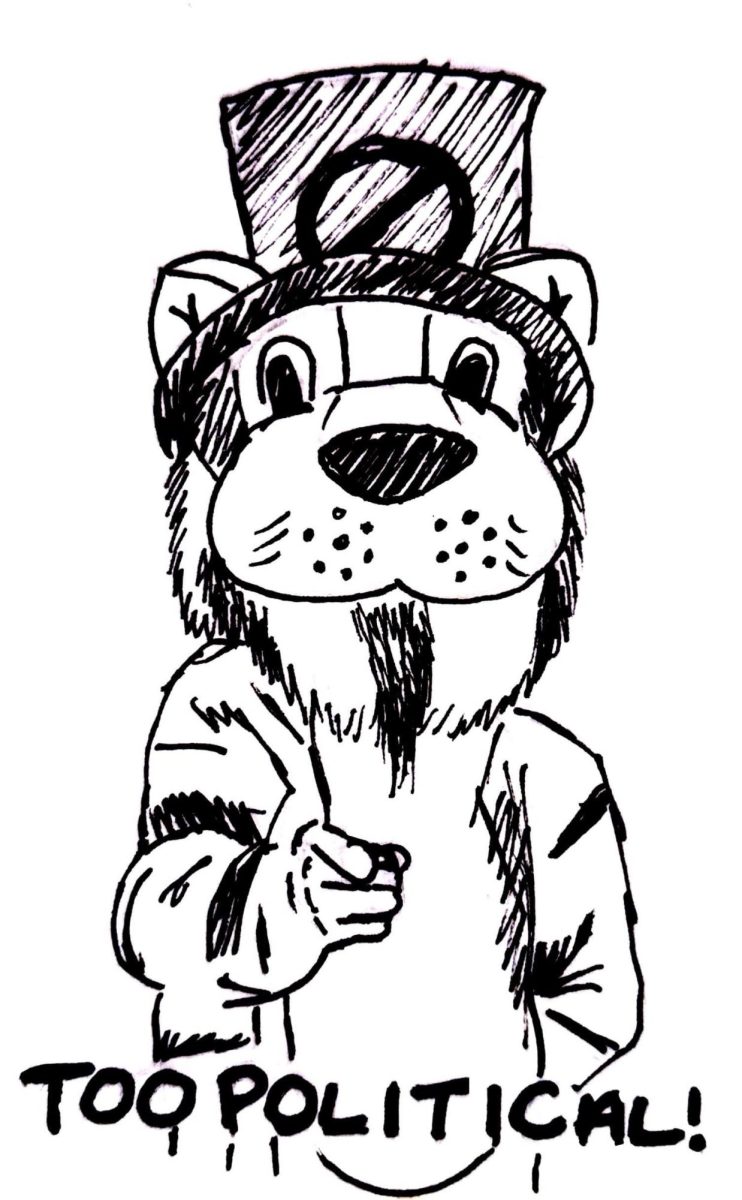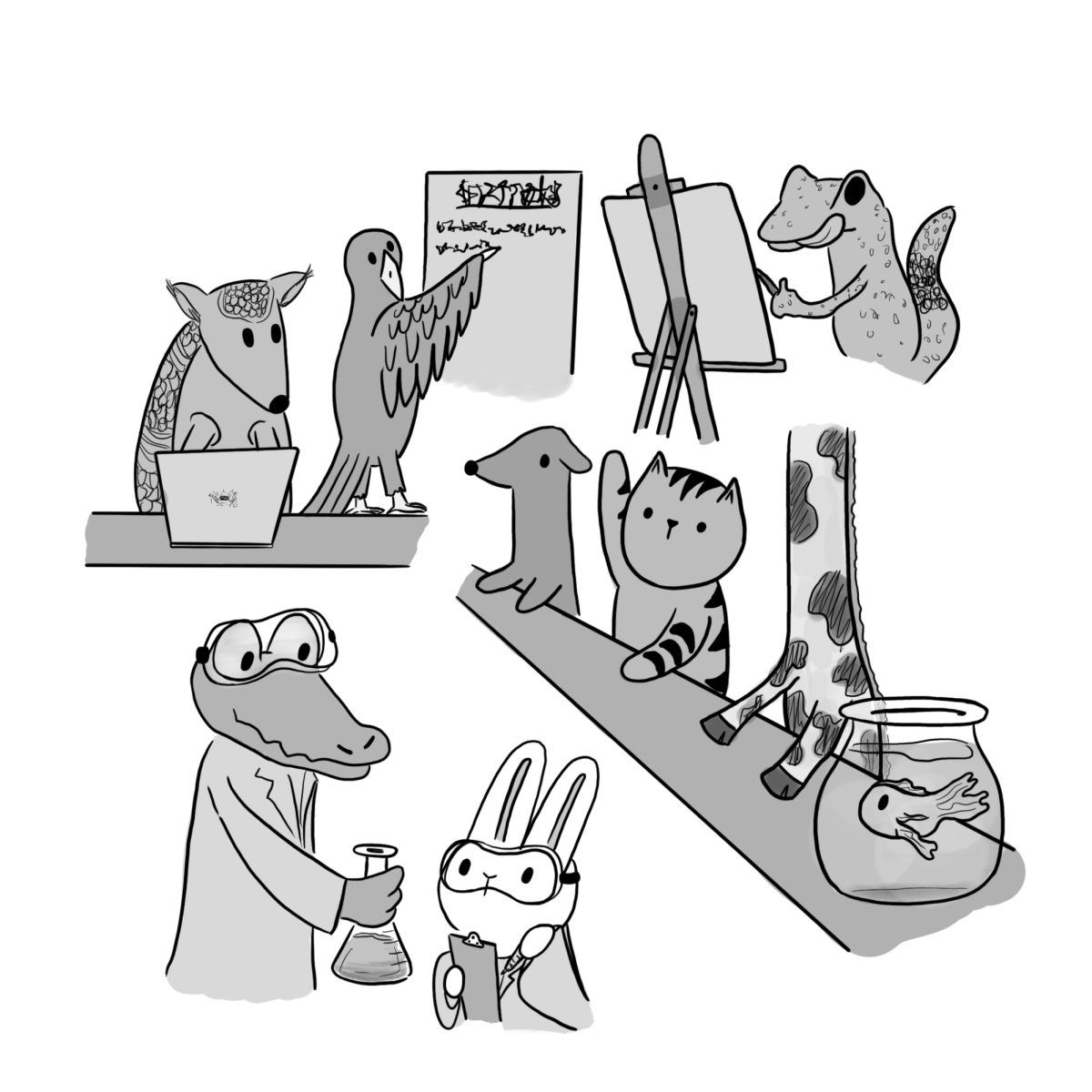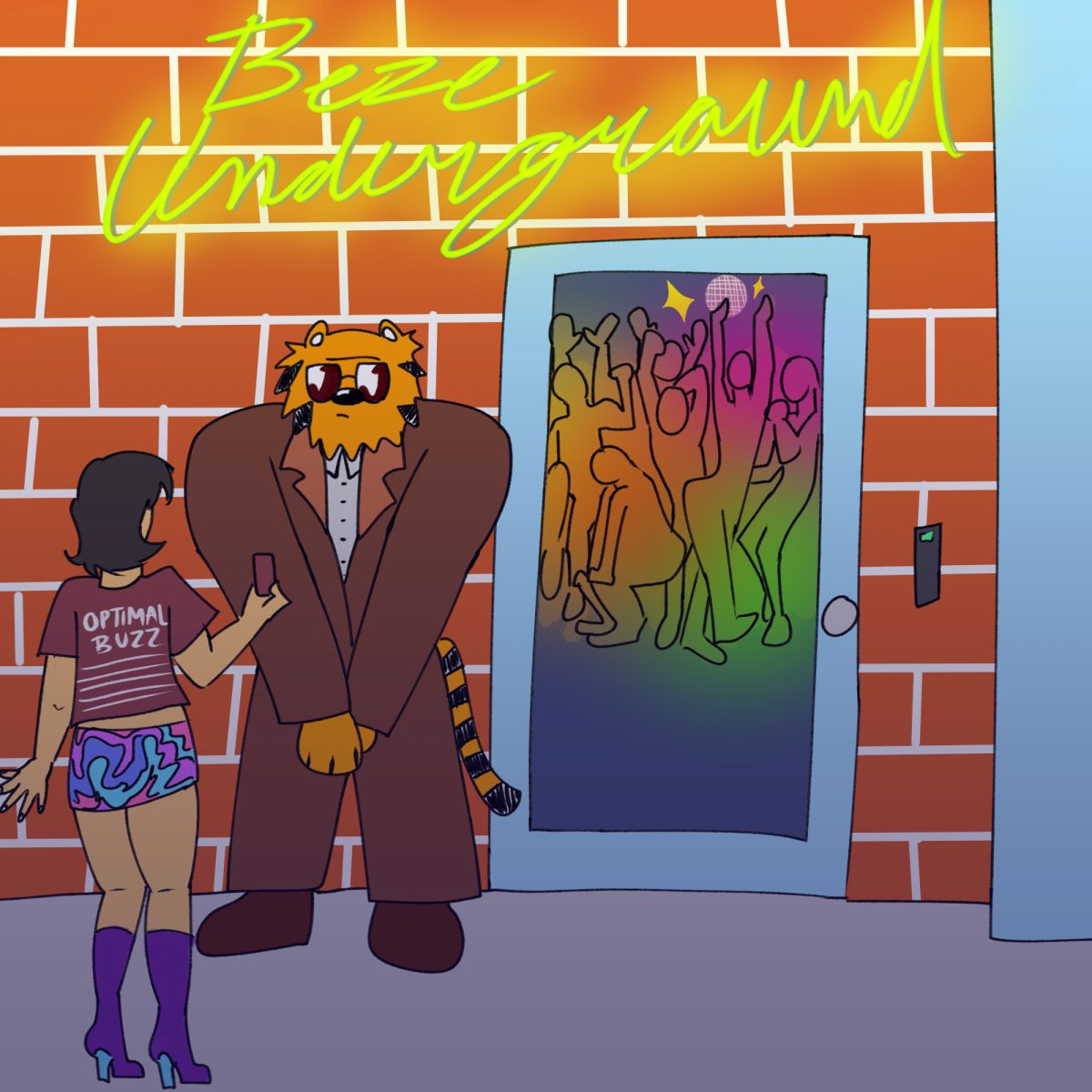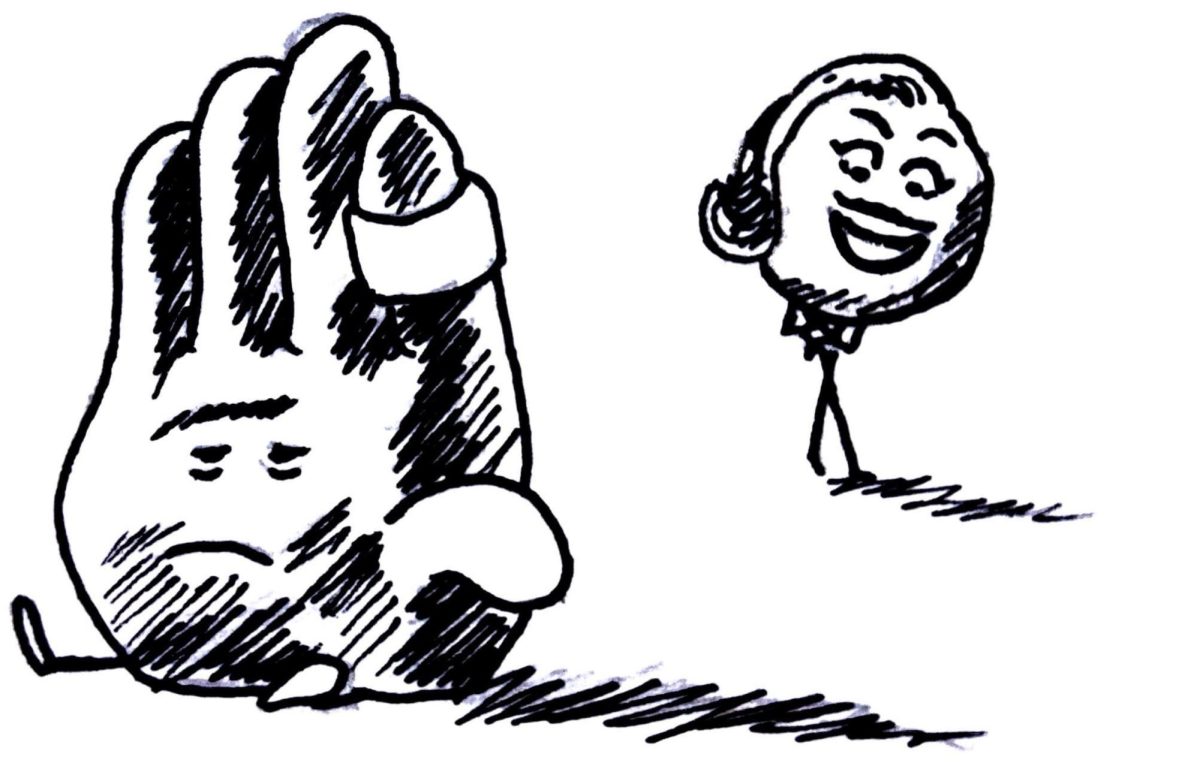Illustration by Andrea Nebhut
Artists, like all people, are fallible. They make mistakes. But does that mean we can’t enjoy their work? Is there a distinction to be made between artists and their work? Or is art inextricably linked to the creator?
This debate has been on my mind for the past couple of months.
I, like the majority of Americans, spent the latter half of winter vacation binge-watching the Lifetime docu-series “Surviving R. Kelly,” and it was not easy. It was painful to see women who were physically, mentally and sexually abused. It was difficult to hear them describe their traumatic experiences. And it was hard for me to reconcile that I had once loved the artist. I used to tout around my allegiance to the “King of R&B!” I felt sick knowing that I had, unknowingly, fed into his monstrous behavior.
In 1994, R. Kelly married 15-year-old singer Aaliyah. In 1996, Tiffany Hawkins sued for emotional and physical distress against R. Kelly during their relationship. In 2002, R. Kelly was charged with 21 counts of child pornography, which refers to the infamous “Pee Tape.” R. Kelly was found not guilty on all accounts. In 2017, rumors spread of R. Kelly heading a cult. In 2017–2018, many of Kelly’s victims approached the press; in the spring of 2018, the #MuteRKelly movement began in efforts to stop the streaming and purchasing of his music, from which he’d receive royalties. Many streaming services have either stopped streaming R. Kelly’s music or have made it more difficult to do so. I’ve left out a few allegations and court cases for the sake of brevity, but the list is long.
R. Kelly is a case where the art and the artist are linked. The purchasing or streaming of his art supports his predatory behavior. The houses he keeps the women in, the things he buys them to entice them and his overall wealth that gives him his ego are all supported by the success of his music career. The more we stream his music, the more we show R. Kelly that we not upset about the allegations of kidnapping and rape against him.
To the people who are ardent supporters of separating art from the artist, let me give you an example of where I believe that it’s acceptable.
Recently, Ariana Grande has been getting a lot of heat for appropriating Japanese culture. Grande recently got a tattoo in Japanese which was meant to read “7 Rings,” one of her new songs. However, the tattoo, “shichirin,” in Kanji, translates to small charcoal grill. When she tried to correct the mistake, the new tattoo wasn’t much better, roughly translating to “small charcoal grill finger.” Grande’s mistake was simultaneously laughable and ignorant, a clear occasion of cultural appropriation, which is obviously wrong.
However, she did apologize. It’s not like listening to Grande’s music means that you’re complicit in her cultural appropriation because even her own fans called her out and corrected her mistake. I think this is an instance where you can separate the art and the artist, especially considering the difference between cultural appropriation and the horrendous crimes R. Kelly has been accused of.
It is when you continue listening to the music of an unapologetic, predatorial musician who has a long history of harming black and latin women that you become complicit in his actions.
We have to stop treating philosophical questions with an overarching umbrella. Instead, contemplate “Art vs. the Artist” every time the debate arises and make a sound decision then. In some cases you can separate the art and the artist, and some cases you simply cannot.
I encourage you to watch the “Surviving R. Kelly” docu-series for yourself and come to your own conclusions.


